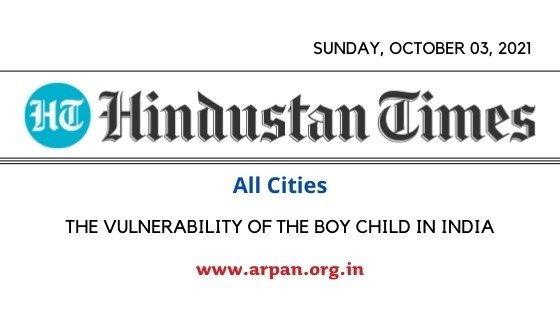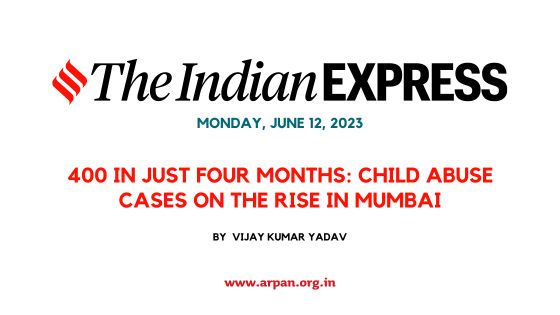There has been a lot of conversation around the probable increase in sexual violence against the girl child during the ongoing Covid-19 pandemic, but there has been no such discussion about the possibility of the boy child having been affected. Though cases of sexual abuse of the boy child are reported more today than earlier, thanks to the Protection of Children from Sexual Offences Act, 2012 (POCSO), the vulnerability of the boy child has somehow failed to come across in public discourse.
Many cases involving boys are unreported and unaddressed, according to prominent non-governmental organisations (NGOs) working in the field. Enakshi Ganguly, founder of Haq, a child rights NGO, says, “Unlike in the case of girls where there is an acknowledgement of its existence, there are still large areas of silence when it comes to boys. Does this really mean that it occurs less? Anecdotal reporting suggests it is a much bigger problem than commonly believed.”
There are many reasons for this: One is the misplaced stereotype that the boy child is less vulnerable than the girl. Boys are less likely to report that they have been violated either due to ignorance or fear of being considered weak.
The last pan-India study, Study on Child Abuse: India 2007, showed for the first time that a boy child is equally vulnerable to abuse as a girl. No such study has since been done though there have been localised ones. According to National Crime Records Bureau data, there were 21,605 child rapes recorded in 2018 of which 204 were of boys.

This may seem a small percentage, but as Dr Manjeer Mukherjee, senior director of Arpan, which works on the prevention and intervention of child sexual abuse in Mumbai says, this is not the real picture at all. “Society looks at boys and men as either abusers or protectors, rarely as victims.” Because of social conditioning and patriarchy, the boy child is not as protected as the girl and is more accessible to predators at home or other spaces.
Mukherjee says that breaking the gender stereotypes when it comes to sexual abuse must start young. “There have to be active programmes in school and localities about personal safety which involves both genders. Children must be made to understand what is inappropriate behaviour and what is safe and unsafe. We need to start an inclusive conversation on this.”
Boys have to be told that they must express their emotions and safe spaces must be created for them to do so. The obvious one is the family where the parents must be involved in imparting this message. We need to acknowledge that they too can be hurt, and while they need to be respectful of others, they themselves need their boundaries to be respected.
Lokesh Pawar, a writer, is a child abuse survivor. He says, “We need to work towards preventive measures from a personal and institutional standpoint. We need to create a trustworthy atmosphere for survivors to seek help and, most important, put a stop to victim-shaming.”
Studies show that boys who are abused are more likely to display violence towards others when they grow up. They are likely to suffer from psychological problems, anxiety and depression among other things. It must be made easier for them to tell their stories, to be able to ask for help without fear of stigma or shame. This is the only way we can begin an active process of keeping the boy child safe now and beyond the pandemic.
Source : Hindustan Times











